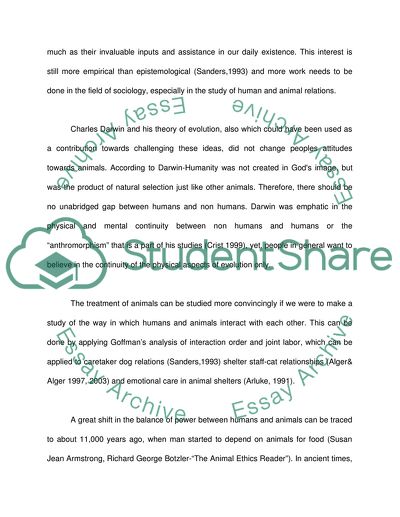Cite this document
(Sociology: Humans and Other Animals Essay Example | Topics and Well Written Essays - 4000 words, n.d.)
Sociology: Humans and Other Animals Essay Example | Topics and Well Written Essays - 4000 words. Retrieved from https://studentshare.org/sociology/1719714-sociology-humans-and-other-animals
Sociology: Humans and Other Animals Essay Example | Topics and Well Written Essays - 4000 words. Retrieved from https://studentshare.org/sociology/1719714-sociology-humans-and-other-animals
(Sociology: Humans and Other Animals Essay Example | Topics and Well Written Essays - 4000 Words)
Sociology: Humans and Other Animals Essay Example | Topics and Well Written Essays - 4000 Words. https://studentshare.org/sociology/1719714-sociology-humans-and-other-animals.
Sociology: Humans and Other Animals Essay Example | Topics and Well Written Essays - 4000 Words. https://studentshare.org/sociology/1719714-sociology-humans-and-other-animals.
“Sociology: Humans and Other Animals Essay Example | Topics and Well Written Essays - 4000 Words”, n.d. https://studentshare.org/sociology/1719714-sociology-humans-and-other-animals.


